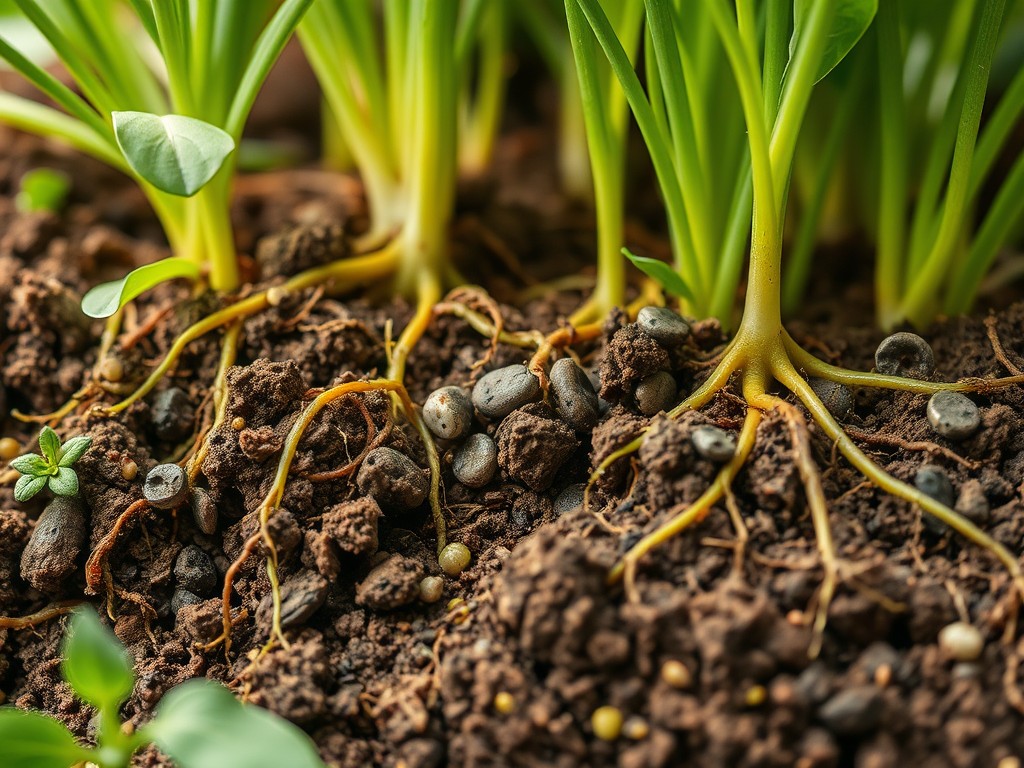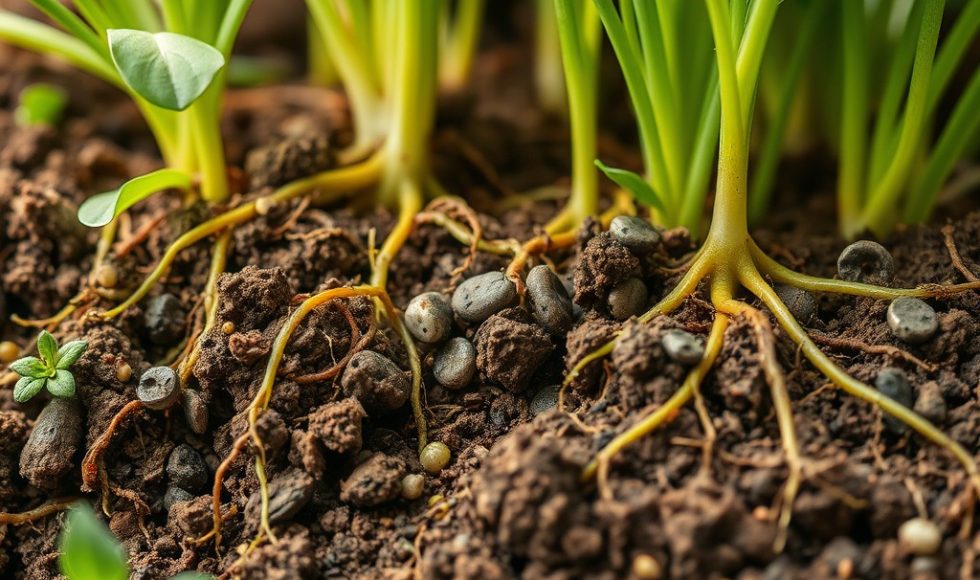The ISME19 workshop day 2 concluded with Ellen Dow speaking about “Publishing with KBase.” Dow spoke about how KBase fits into the “research data lifecycle” by helping integrate data, customize analyses, share with collaborators, access tools, and publish results. This is one part of the creating and managing FAIR data that KBase emphasizes. Dow noted that in order to shift toward open science, we must consider knowledge barriers, reuse concerns, and disincentives. KBase has a “Credit Engine Team” focused on these challenges and making sure your data gets credit. Provenance (of data) is fundamental to KBase. A static narrative allows others to access data and know which tools you used for analyses. Dow explained that research projects are tracked by persistent IDs. Dow used the GROW project example to identify ORCID, protocols, narrative, funding sources, and publication. A user can obtain information on views and copies of narratives. OSTI.gov provides the DOI and uses the narrative number in the DOI! Dow shared the MRA created by Anna L. McLoon from the KBase Educators group with fifteen students. Dow shared that they are working with ASM and now there is a student collection of MRAs. KBase is considered an MRA repository. There are templates for MAGs and isolates. The templates include information about requesting a DOI and depositing in NCBI. We will use these templates in the BIT 295 course. Zach Crockett has included information about different apps and options a users may consider. Dow shared the MRA Educators collection and I saw several familiar names, including Mallory Choudoir at NC State.



